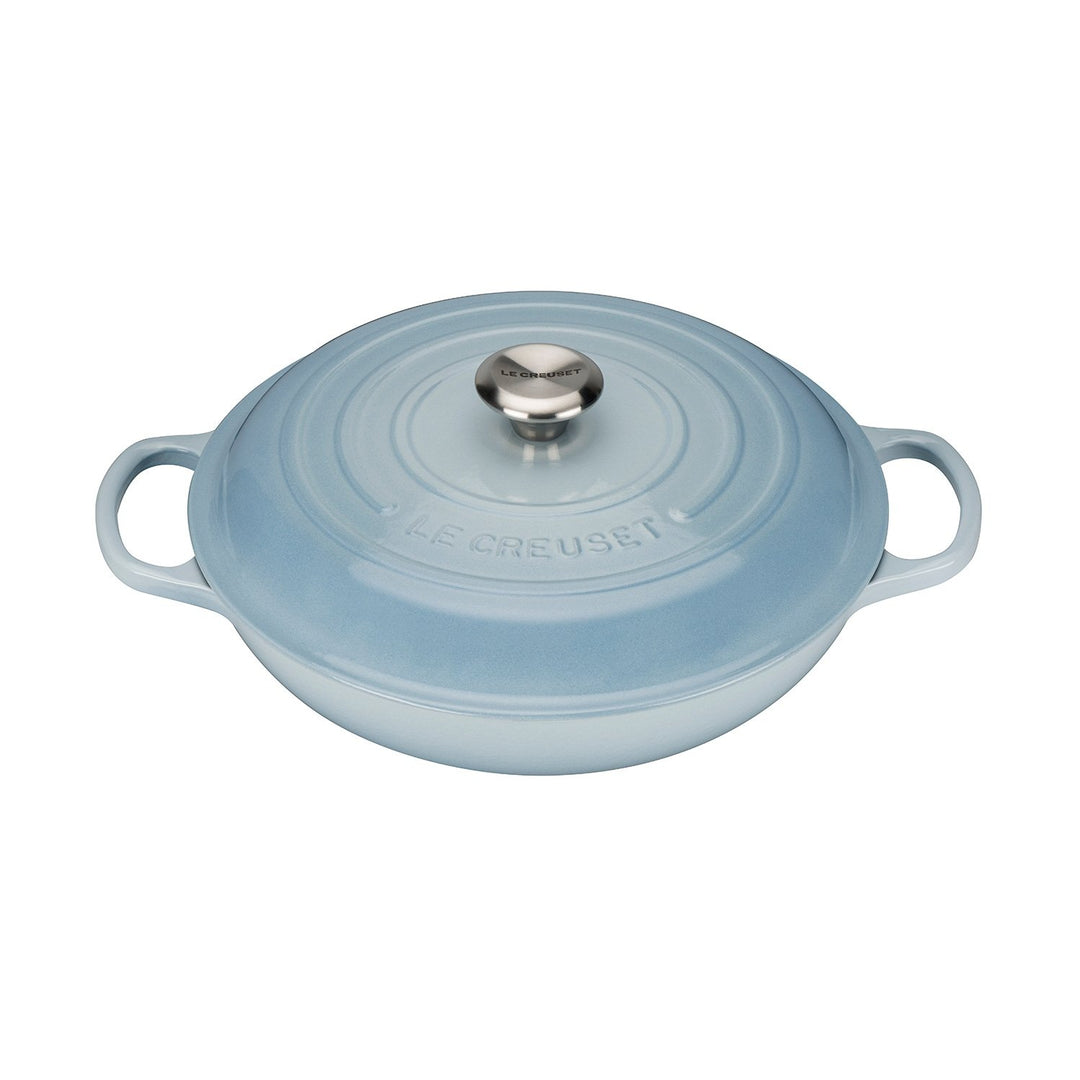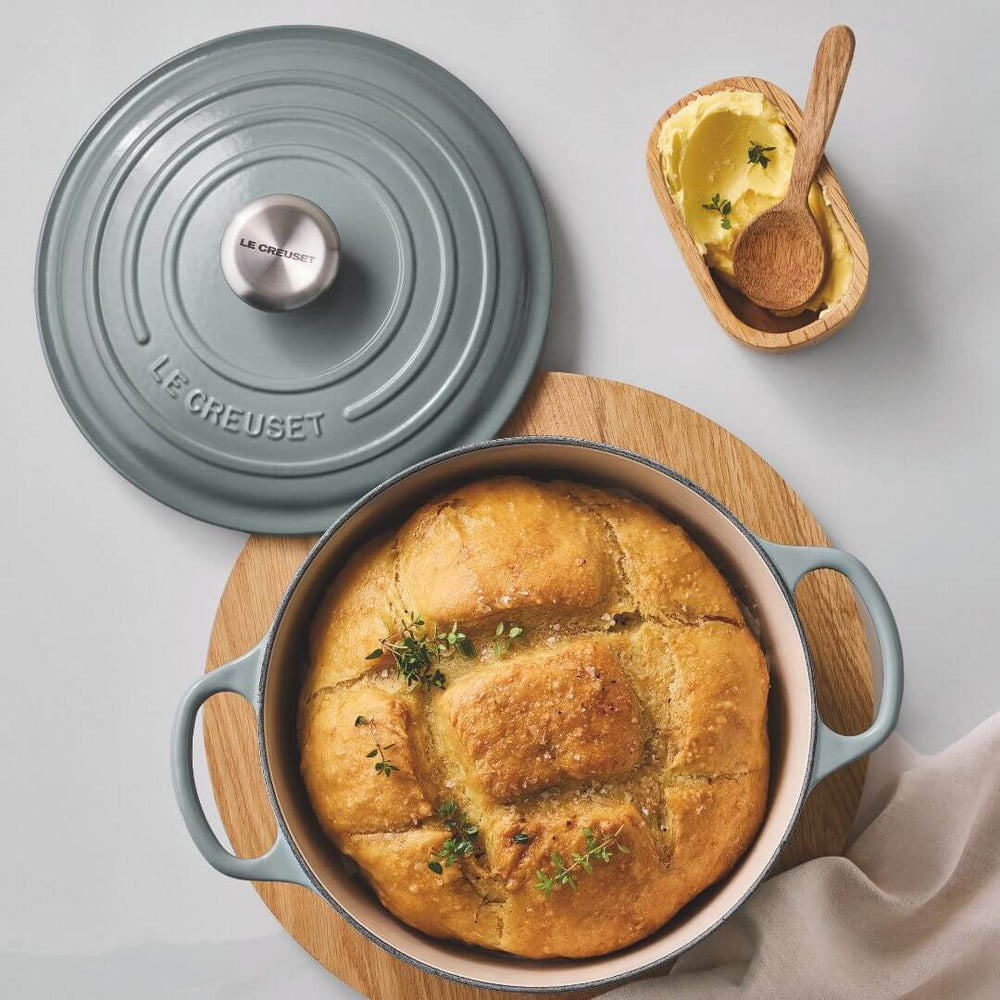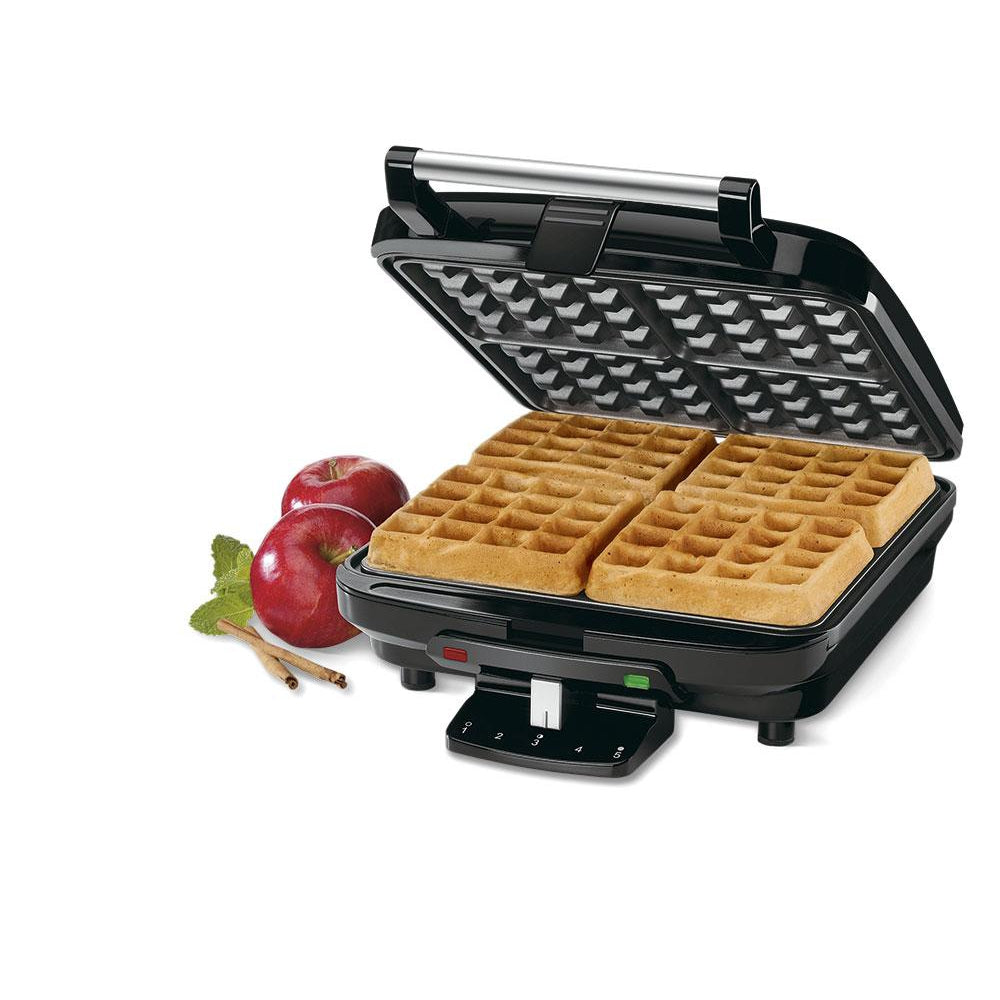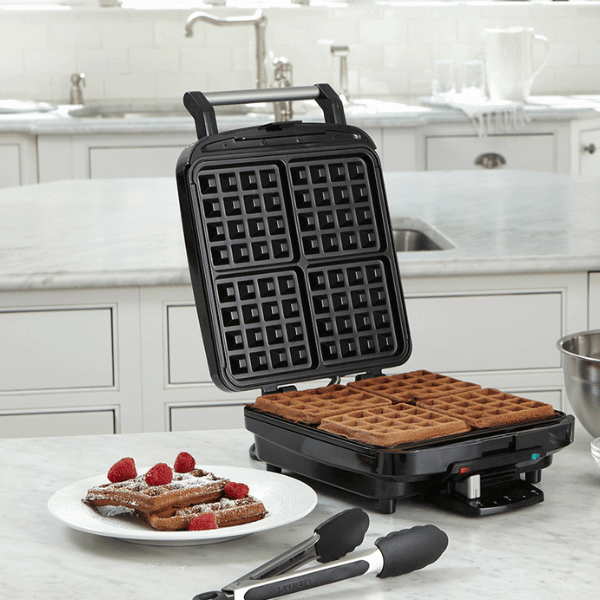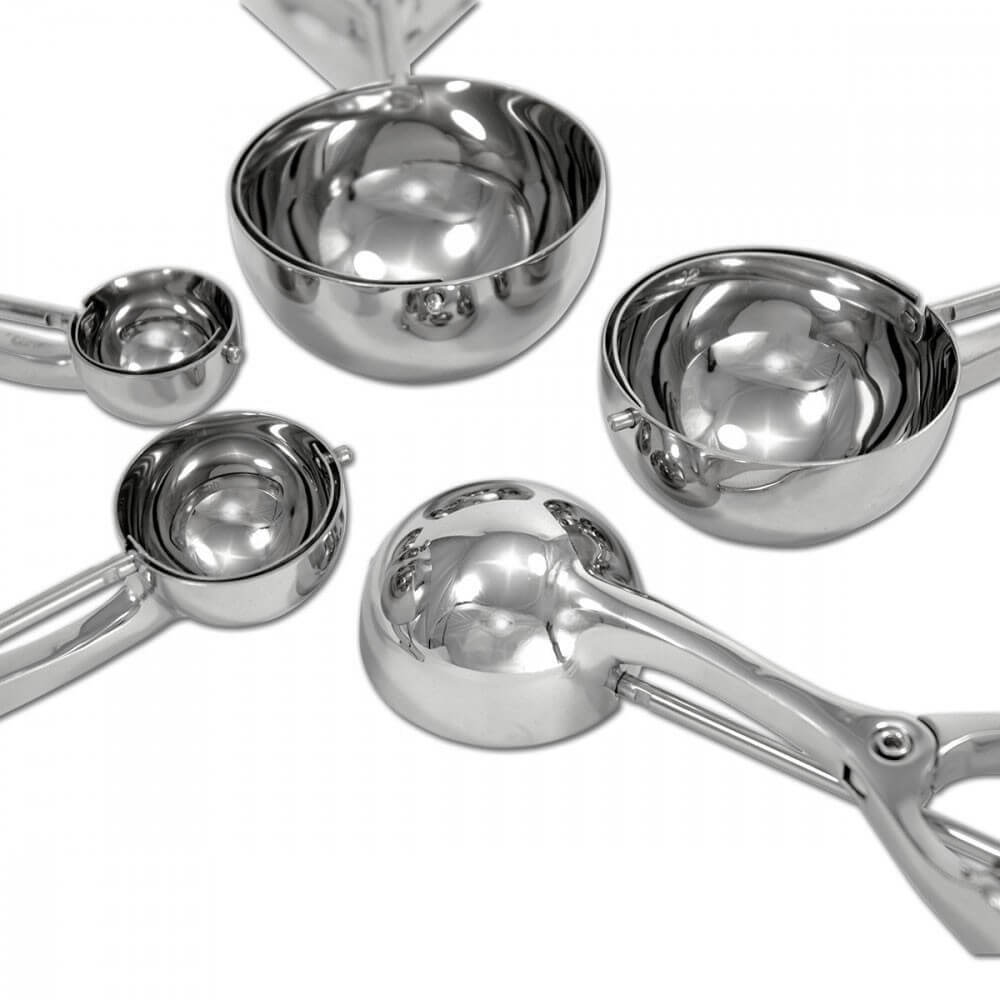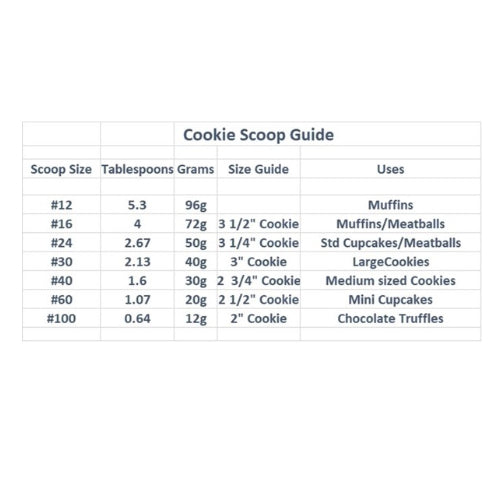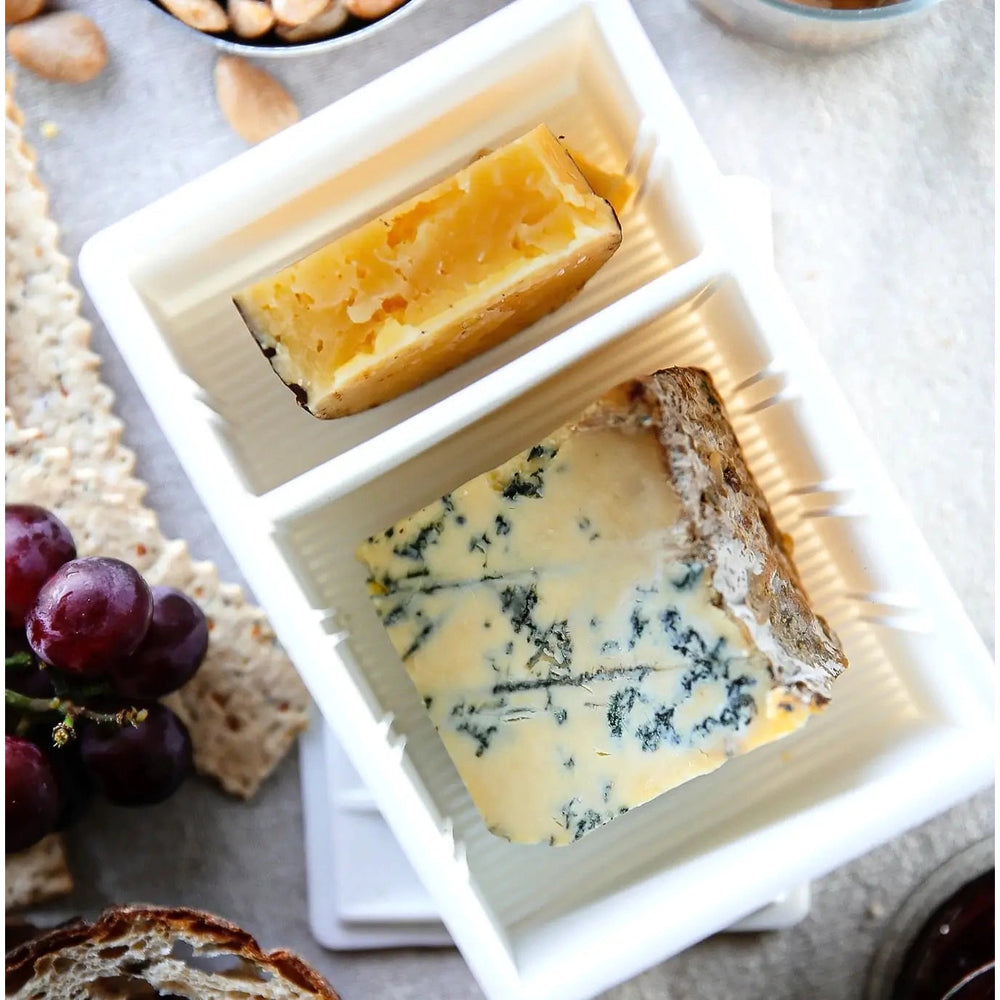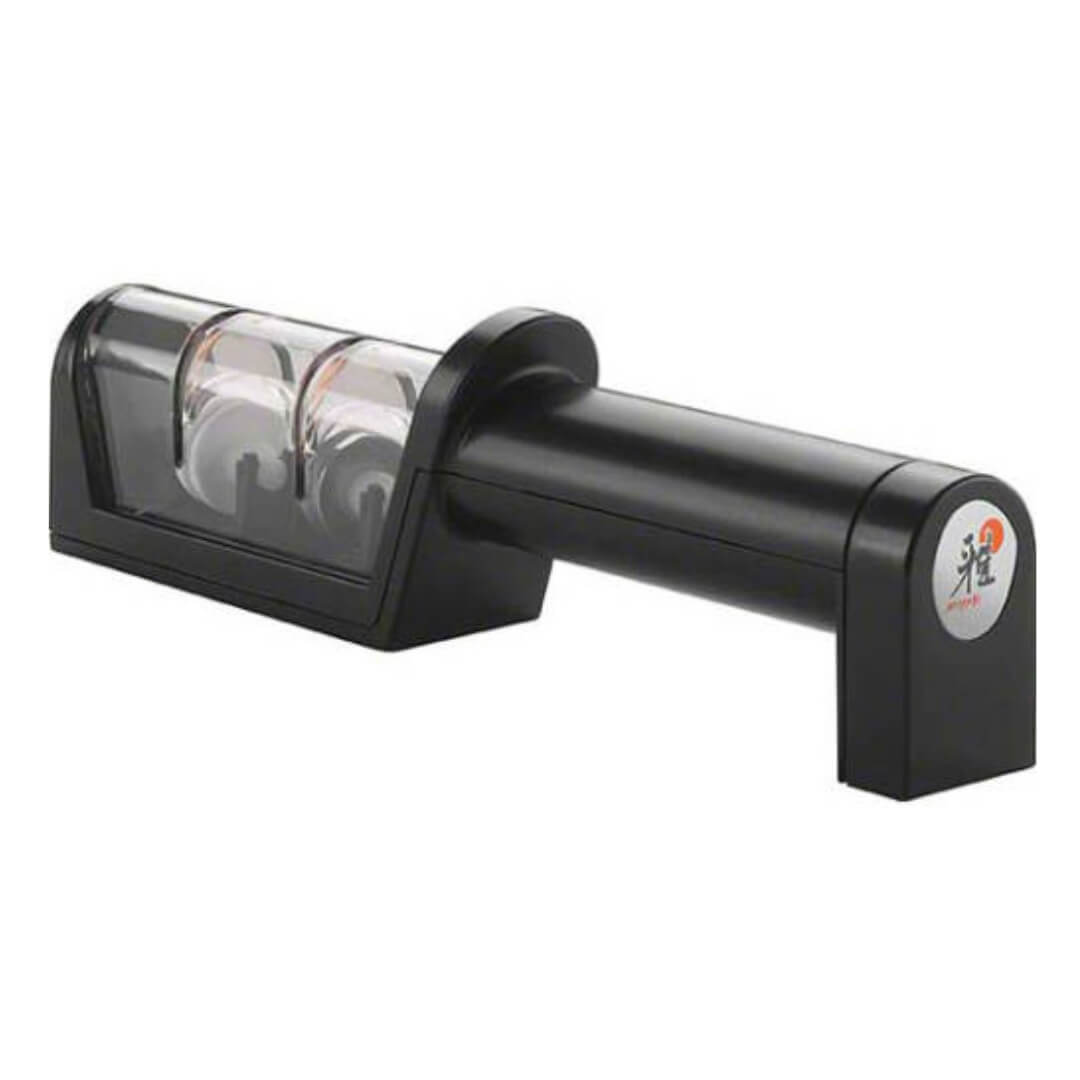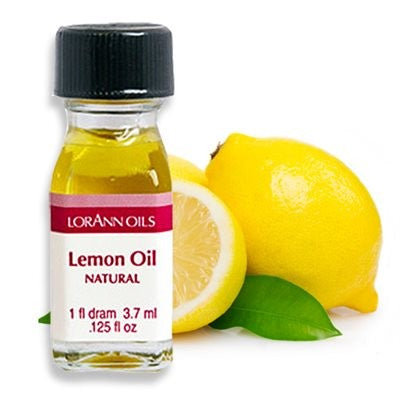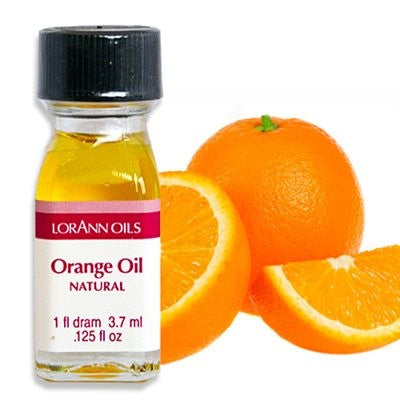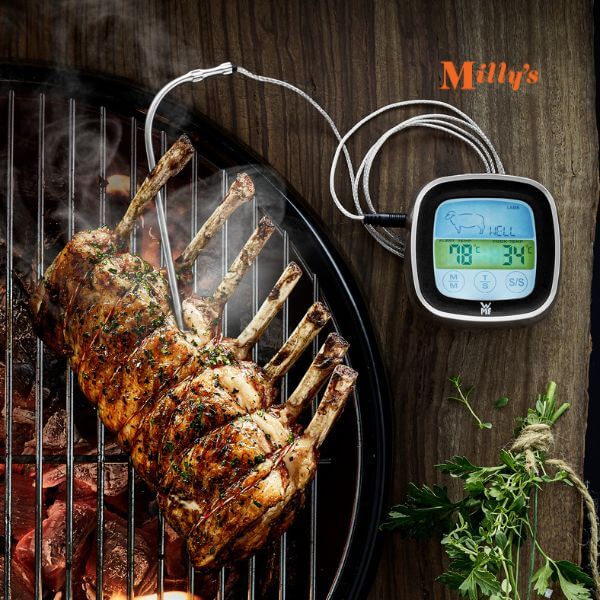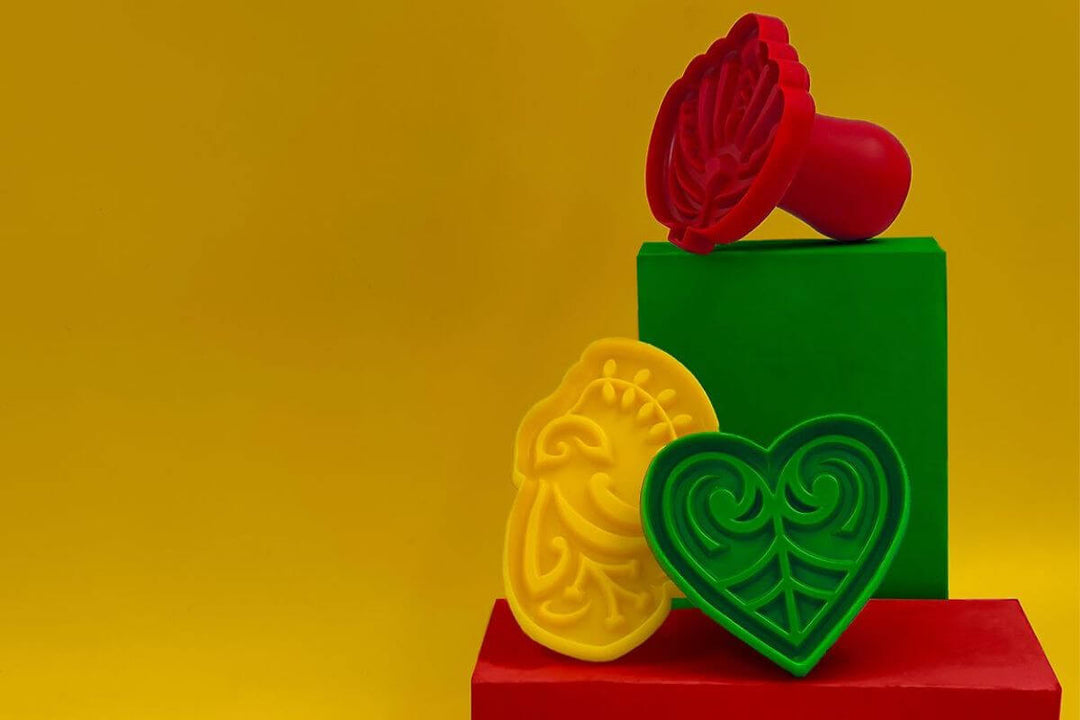Milly's 101: Meat Thermometers
I became a meat thermometer convert some years ago after watching Neil Perry use one to produce the most fabulous beef fillet. I’m the kind of cook who loves consistent results and can’t stand the stress of winging something like perfect medium-rare beef. So here are Neil’s rules (and a few of my own observations) - I hope that they come in handy.
1. Start by taking your meat out of the fridge to come to close to room temperature before cooking. An hour or so should do it.
2. Tie beef fillet into a nice, neat shape with butcher’s string – a consistent shape will cook more evenly.
3. Make sure when you are using your thermometer that the end of the probe doesn’t touch bone or the oven tray or you may get a false reading.
4. Start testing well before you think your roast may be ready. If you’re cooking at between 180-200C internal temps can rise by as much as 10C every 8 minutes or so and you don’t want to overshoot your mark.
5. I prefer a digital thermometer (CDN are my current favourites) but we also have analogue versions, some of which can be left in the meat as it cooks. There are also some fabulous wireless, bluetooth versions coming onto the market.

Below is a guide to FINAL resting temperatures. This is the temp you are aiming for after your meat has completed its resting period (which can be as much as 1/3 of the cooking time, rested in a warm place). If you are cooking at 180C your roast will rise as much as 10C during the resting period, so it is imperative that you take it out of the oven at 10C less than your chosen final resting temperature.
It’s worth remembering that internal temperature will rise more the higher the temperature you are cooking at so if you are cooking at 200C take it out at 10C lower than the FRT but if you are slow roasting at a lower temperature (Neil’s slow cooked ribeye which he does at 100C) your temperature will not rise much at all so leave it in your oven until it’s much closer to your FRT.
I always make sure to check the temperature in a couple of places (in the thickest part of the roast) and always remember to wipe the probe clean before putting it away.
Final Resting Temperatures;
Beef and Veal: 55C (rare to medium rare), 62C (medium), 70C (well done).
Pork: 74C (well done).
Chicken 70-75C (cooked and safe)
It may take a few attempts to get to grips with using a meat thermometer but persevere – you won’t regret it. Here’s a little bonus recipe for our all time favourite condiment for with your next beef fillet roast, enjoy

Horseradish Cream
Whip 125mls of fresh cream to soft peaks. Fold in 1/2 cup classic mayo. Add 4tbsp freshly grated horseradish together with a good grinding of fresh pepper.


